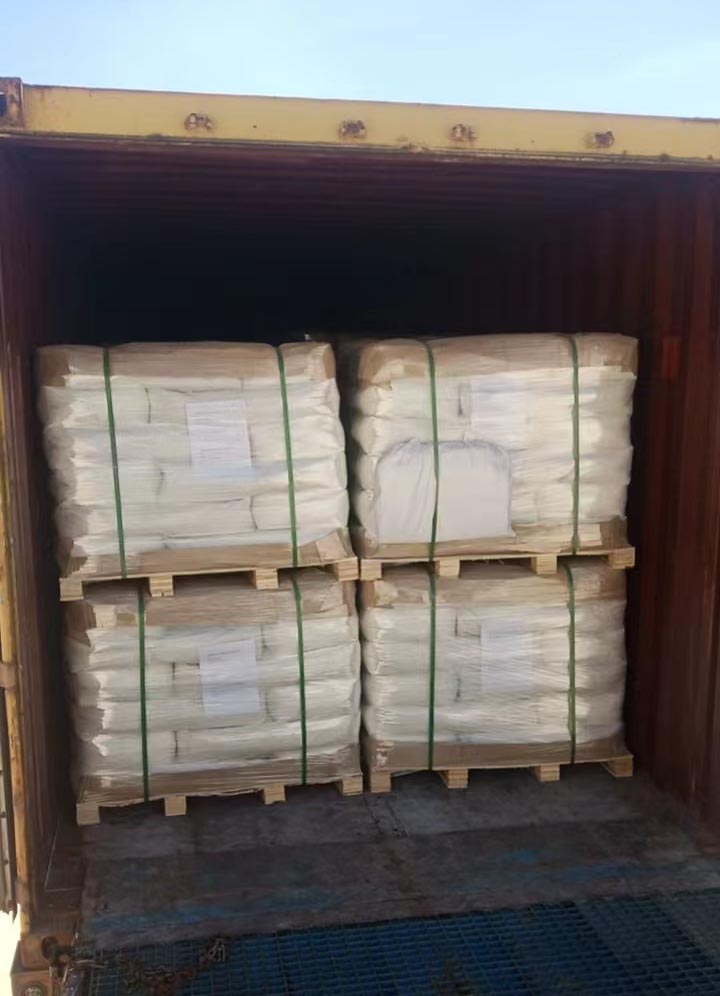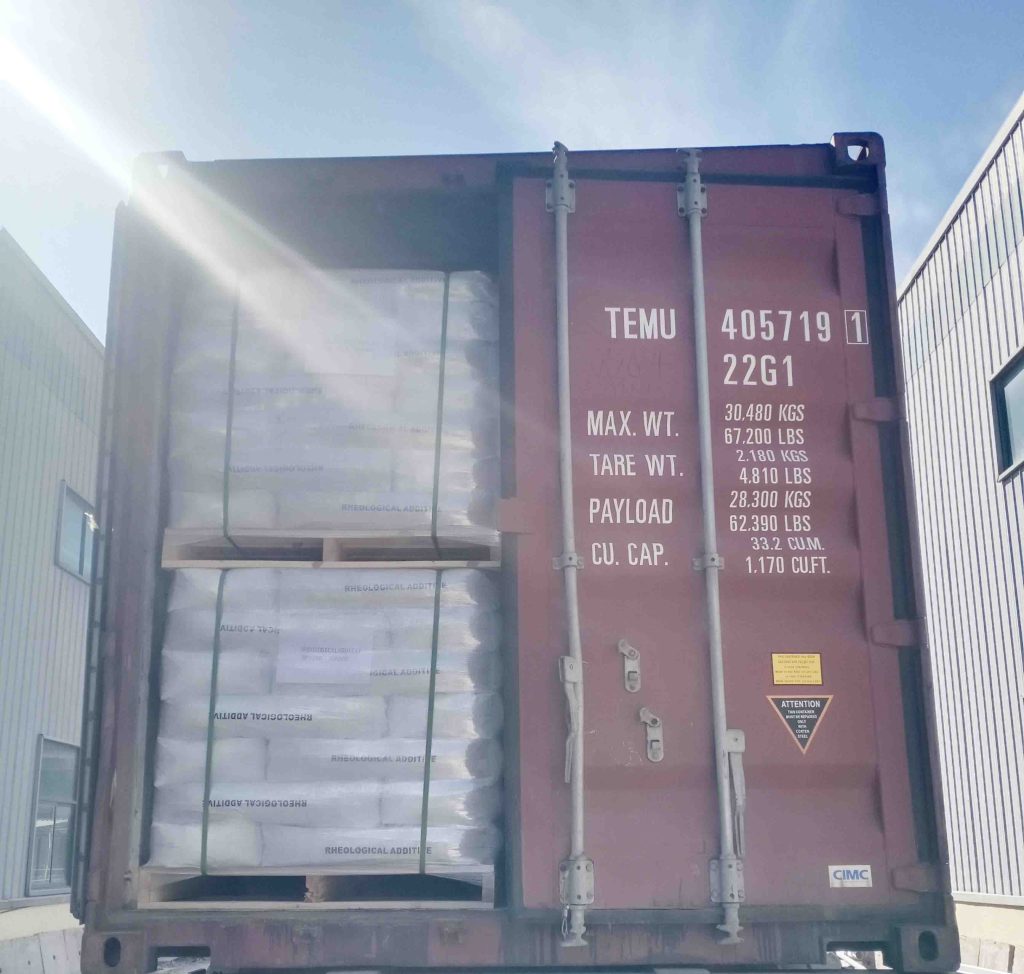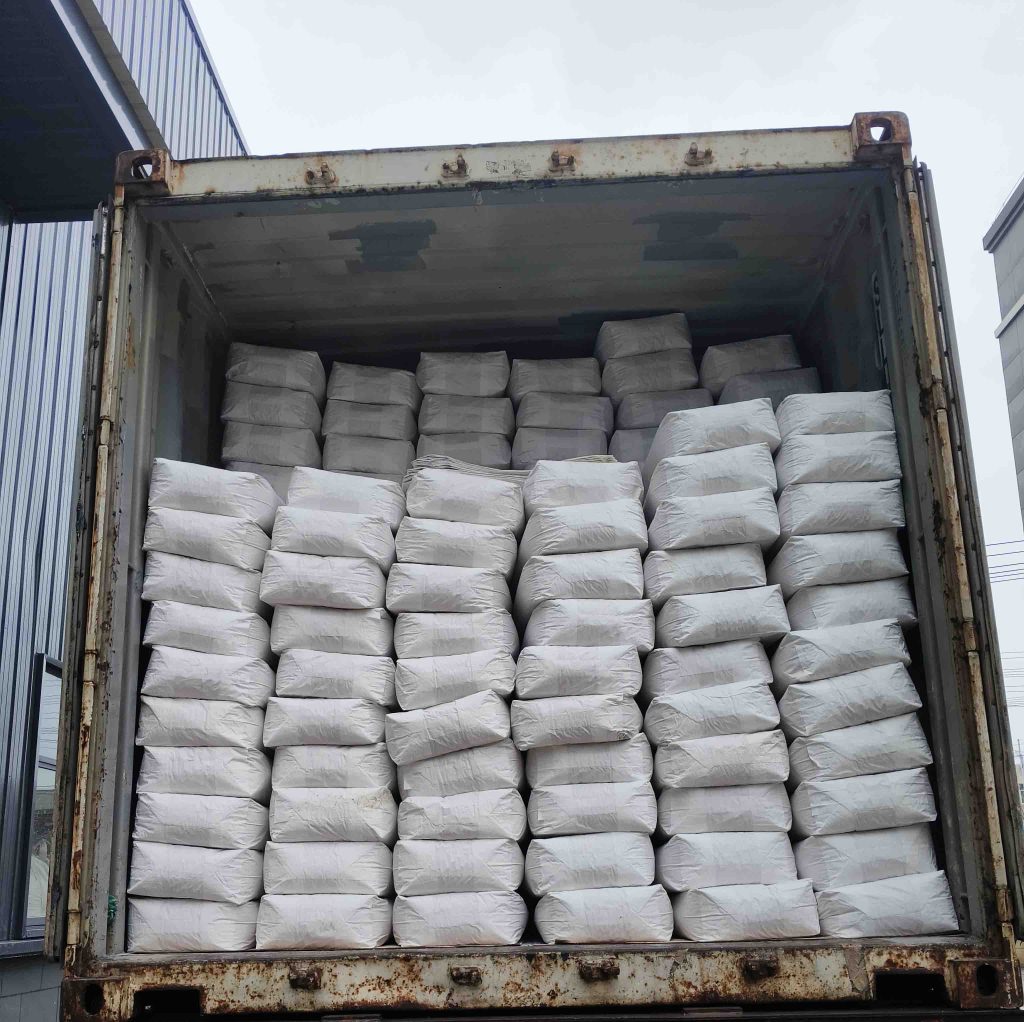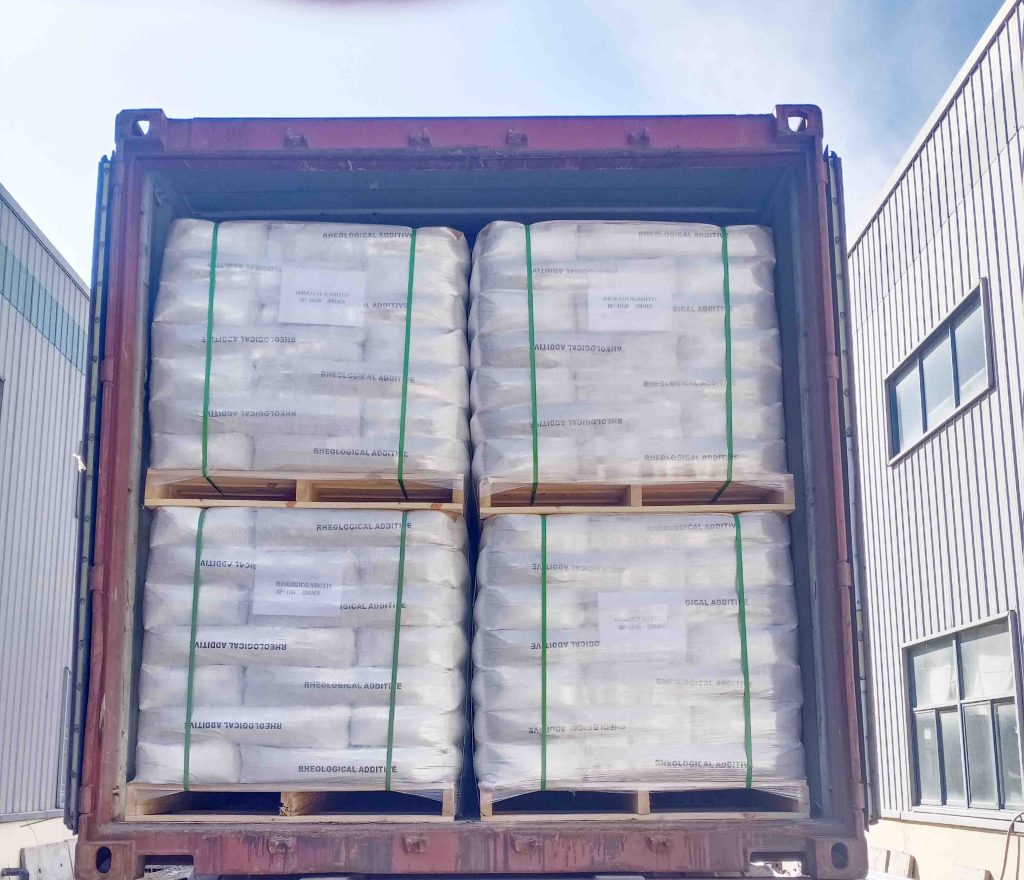Glassbead: In the field of modern building materials, where the pursuit of high performance and cost-effectiveness go hand in hand, the addition of hollow glass beads has undoubtedly revolutionized cement mortar.

What Are Bead Blasting’s Applications?
| Aerospace industry | Remove rust and paint from mechanical components to remove knife marks. |
| Remove scratches on the rubber | Reflective paint for roads |
| Scratch treatment on the surface of stainless steel. | |
| Foundry industry; | Pre processing in the electroplating industry. |
| Semiconductor Industry | Crafts for exterior decoration |
glassbead
Glassbead
In order to ensure that hollow glass beads can fully demonstrate their advantages and at the same time safeguard the overall performance of cement mortar, we have carefully provided you with a set of marketing suggestions for adjusting the proportion.
- Clear target, performance is king
First of all, let’s start from the clear target performance. Whether it is strength, density or durability, the addition of hollow glass beads needs to be adjusted according to specific needs. Ensure that every input can be transformed into a significant improvement in product performance.
Second, the basic proportioning, solid cornerstone
On the basis of conventional cement mortar proportioning, we began to explore the integration of hollow glass beads. A stable foundation is the key to success, so ensuring a scientific and reasonable proportion of base materials such as cement, sand and water is the prerequisite for subsequent adjustments.
Third, small-scale test, initial verification
The small-scale test is not only to verify the effect of adding hollow glassbead, but also to find the best proportioning scheme. Through the preparation of different ratios of samples and performance tests, we can more intuitively feel the impact of hollow glass beads on mortar performance.
Performance test, data speak
Compressive strength, flexural strength, drying shrinkage and other performance tests are an important basis for us to evaluate the effect of hollow glass beads. The data not only tell us how the performance of the product, but also guide us how to further optimize the proportion.
- Optimize the proportioning, cost-effective double enhancement
Based on the performance test, we adjust the adding amount of hollow glass beads until we find the best balance between performance and cost. This is not only the victory of technology, but also the enhancement of market competitiveness.
Sixth, additives help to upgrade the performance again
In order to further improve the performance of mortar, we consider adding other types of additives, such as water reducers, retarders, etc.. The addition of these additives will make the effect of hollow glass beads better.
VII. Production verification, quality assurance
After determining the optimal ratio, we carry out production scale verification to ensure that each batch of products can meet the predetermined performance standards. Strict quality control is our commitment to every customer.
Eight, add the timing, determine the success or failure
The timing of adding hollow glass beads is also crucial. We recommend adding at the beginning of mixing, after the addition of water and during the mixing process to ensure uniform dispersion and optimal performance of the beads.
Through careful proportioning and strict quality control, we believe that hollow glass beads will bring a qualitative leap for your cement mortar products. Choose us, choose high quality, high performance building materials, let us work together to create a better future!
Size of glass beads for blasting
Model of Bead blasting glass | Sieve Size (mesh) | Particle Size Range(μm) |
WSL17L# | 20~40 | 425 ~ 850 |
WSL 18L# | 30~40 | 425 ~ 600 |
WSL 19L# | 40~60 | 300 ~ 425 |
WSL 20L# | 60~100 | 150 ~ 300 |
WSL 21L# | 70~140 | 106 ~ 212 |
WSL 22L# | 100~140 | 106 ~ 150 |
WSL 23L# | 100~200 | 75 ~ 150 |
WSL 24L# | 140~200 | 75 ~ 106 |
WSL 25L# | 140~270 | 53 ~ 106 |
WSL 26L# | 200~325 | 45 ~ 75 |
Specification of Bead blasting glass
| Specific gravity | 2.4-2.6 g/m3 |
| Stacking density | 1.5g/cm3 |
| Type | Blasting / Shot Peening Media |
| Spherical | |
| Rockwell hardness: | 46HRC |
| Mohs | 6-7 |
| Round rate | 80% |
| Melting point | 710-730 ℃ |
| Index of refraction | 1.5—1.6 |


